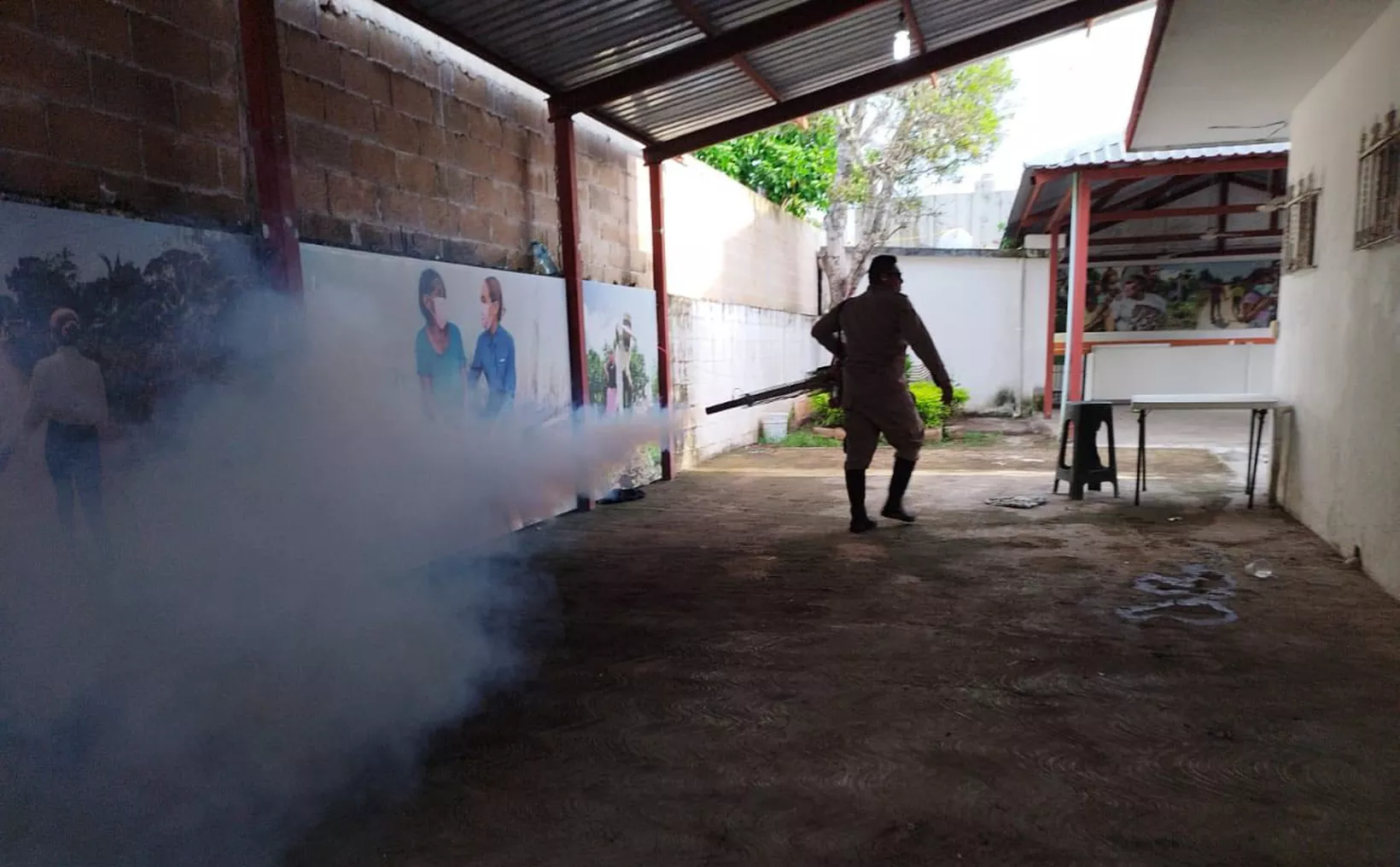Quintana Roo, Mexico — The Secretary of Health of Quintana Roo (SESA) has intensified its epidemiological surveillance and vector control actions after the neighboring state of Yucatán confirmed the presence of the invasive mosquito Aedes vittatus, a potential transmitter of multiple arboviruses.
Despite the regional alert, SESA has not registered the presence of this vector, which is native to Africa and Asia, in the territory of Quintana Roo to date.
The so-called "Mediterranean mosquito" is a species known for its capacity to transmit dengue, zika, chikungunya, yellow fever, and mayaro, among other pathologies. Its discovery was recently confirmed by the Autonomous University of Yucatán.
Given the risk of regional dispersion, health authorities in Quintana Roo are prioritizing larval control and fumigation. In the northern zone of the state, the Head of Vectors for Sanitary Jurisdiction No. 2, Melchor Ojeda Chi, announced the reinforcement of these efforts following recent rains and flooding in the area.
He clarified that while the population is experiencing significant annoyance from Culex type mosquitoes (common mosquitoes) that do not transmit diseases, surveillance is focused on the Aedes Aegypti vector.
"The real concern is the Aedes aegypti, which does transmit dengue, zika, and chikungunya, and which breeds inside homes in clean water," stated the head of vectors.
The Aedes Aegypti remains the principal vector in the region; however, health authorities remain vigilant of Aedes vittatus and Aedes albopictus as the new vectorial threats to monitor.
In the case of the Aedes vittatus confirmed in Yucatán, it is a dark-colored species with scales and six white dots on its body that could become a "bridge mosquito," maintaining the transmission cycle in both wild areas and urban zones, which would increase the complexity of epidemiological control in the Peninsula.
Discover more from Riviera Maya News & Events
Subscribe to get the latest posts sent to your email.
